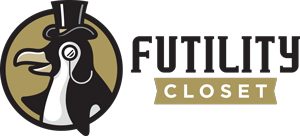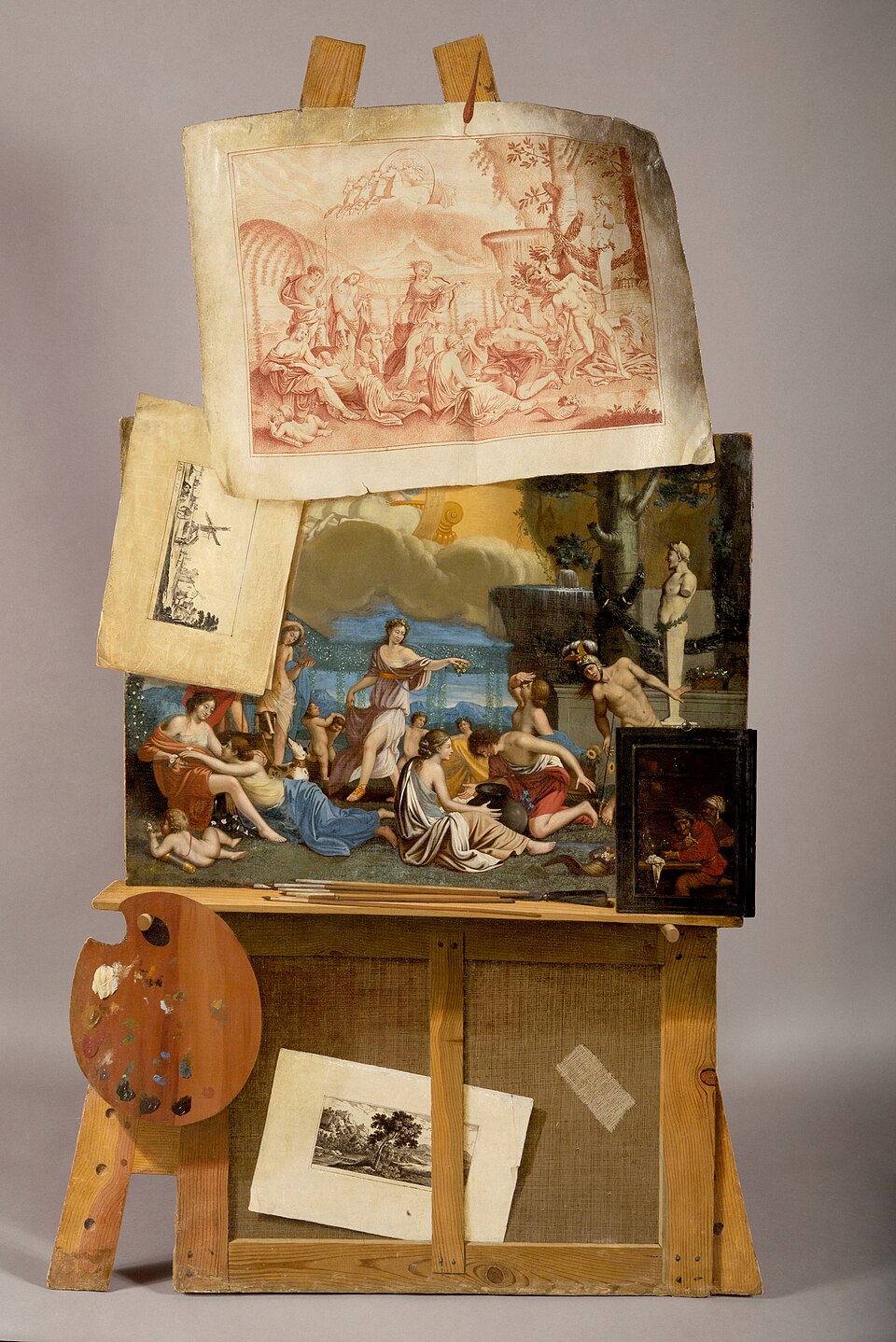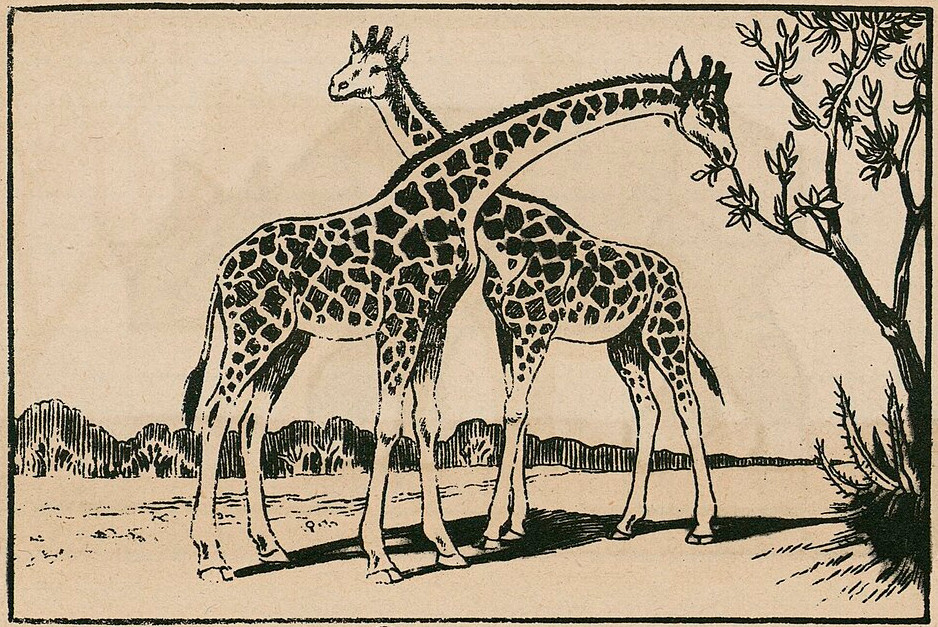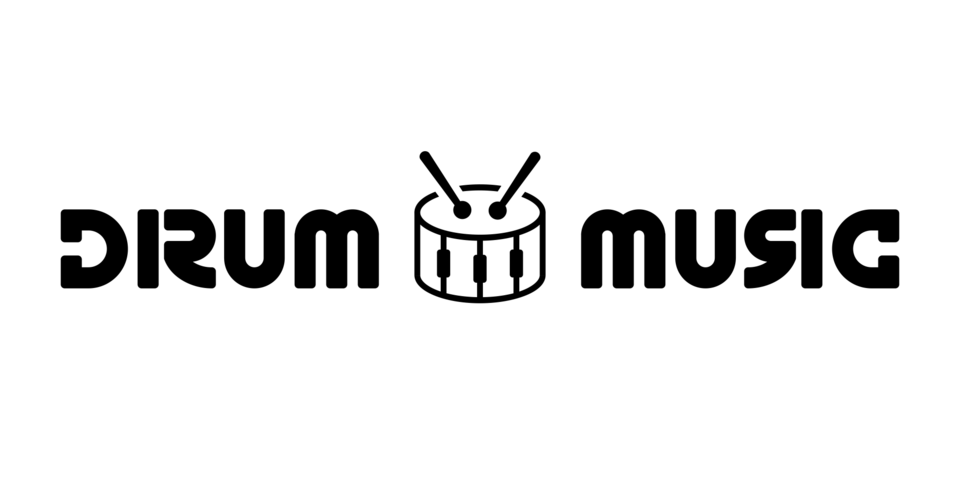
Designer Cam Wilde assembled this “periodic table of typefaces” by tabulating each face’s representation among a selected honor roll of great typefaces.
The “elements” are sorted numerically, and each is categorized as to family and class: sans-serif, serif, script, blackletter, glyphic, display, grotesque, realist, didone, garalde, geometric, humanist, slab-serif, and mixed. (Click to enlarge.)








